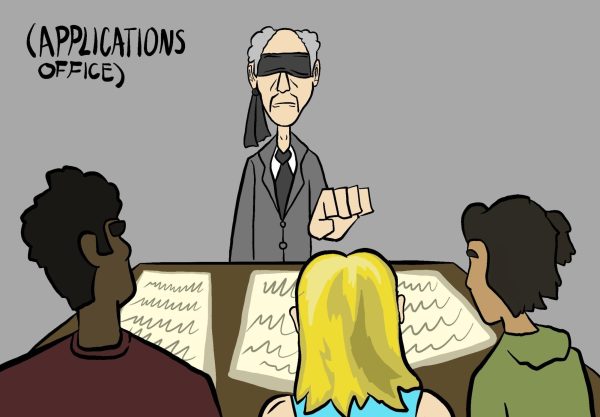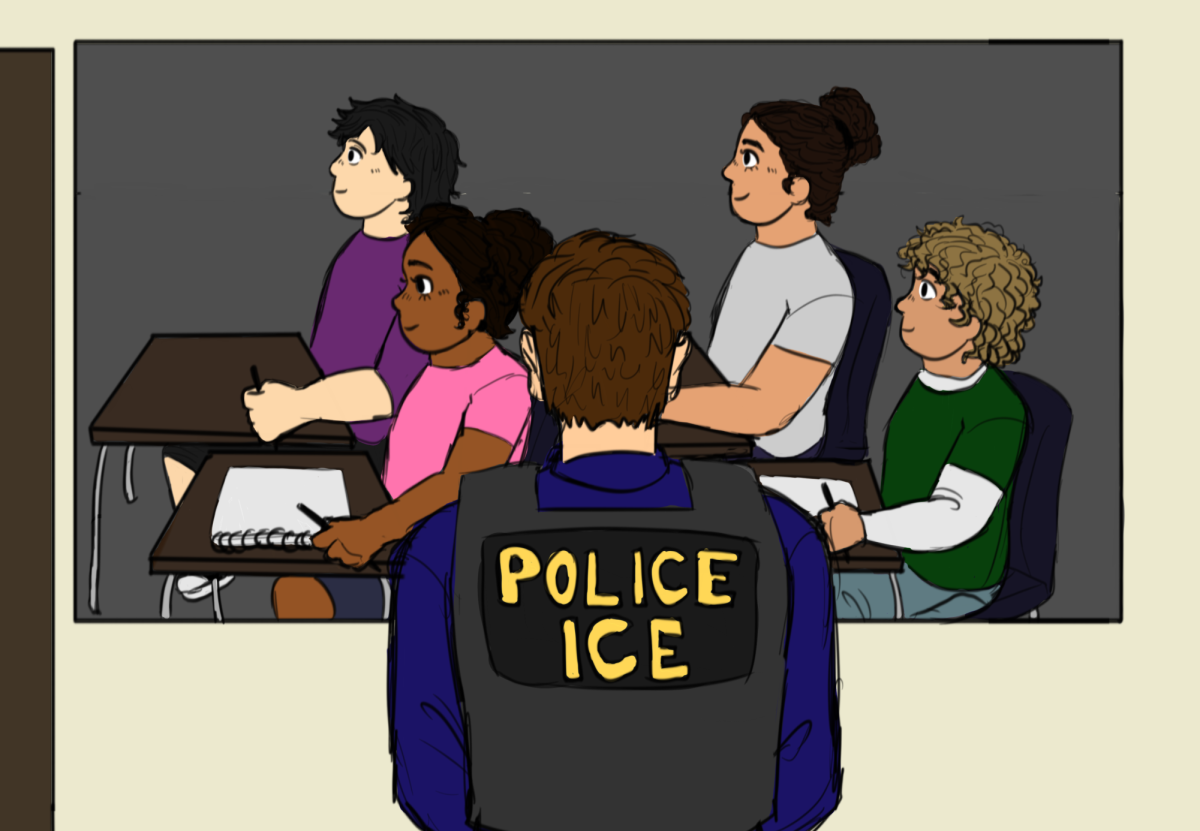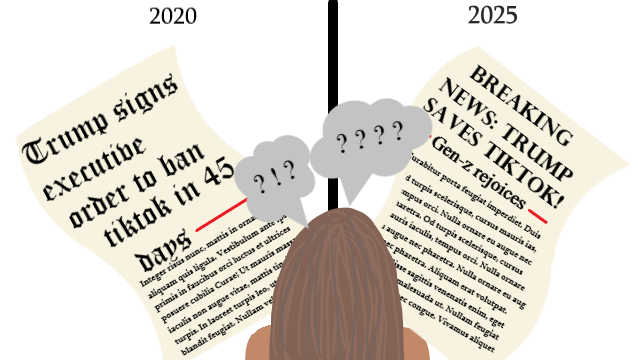
On Thursday, July 19, CNN reported the United States (U.S) Supreme Court put an end to affirmative action. This eliminates the choice for colleges and universities to take race into consideration as a specific basis for granting admission.
To this day, minorities are underrepresented in various areas of our society—including education. As a result, affirmative action, introduced in the 1960s is a program providing equal opportunities and combats discrimination. Defined by Encyclopedia Britannica, affirmative action is the “effort to improve employment, educational and other opportunities” for minorities and groups that have been subjected to discrimination.
According to Mily Mae Czachor, a CBS News reporter, affirmative action extended to the U.S education system in 2003 through Grutter v. Bollinger, where the Supreme Court “established a national precedent allowing schools to consider race when making admissions decisions”.
As expressed by Chief Justice John Robert, admissions for universities like Harvard and University of North Carolina violated the Equal Protection Clause; this translates to the violation of the Constitution’s requirement for equal treatment regardless of race. Robert further explained that the universities “failed to offer ‘measurable’ objectives to justify the use of race” and that they were involved in “racial stereotyping and had no specific end point”.
However, this is detrimental and establishes an unbalanced college acceptance rate for minorities. For one, even with affirmative action in hand, there was a noticeable gap between the acceptance rates of white students and minority students. Moreover, according to the New York Times, Black and Latinx students are underrepresented in selective universities compared to 35 years ago.
Additionally, a study conducted by Grant and Mark Long from the University of Washington found that students of color would experience a 23 percentage point decline in the likelihood of getting admitted into highly selective public colleges after an affirmative action ban goes into effect.
The Supreme Court’s most senior conservative, Justice Clarence Thomas, and its most senior liberal, Justice Sonia Sotomayor, both attended Yale Law School at the hand of “race-based affirmative action initiatives”. Although Sotomayor was in support of affirmative action in higher education, it is ludicrous that Thomas was in opposition to affirmative action present in higher education. Without affirmative action, neither Thomas nor Sotomayor could have had the opportunity to be accepted into a prestigious school—possibly missing the opportunity to serve in the Supreme Court.
Although some may view affirmative action as a violation to the principle of equal opportunity, “equality” has been an on-going issue minorities have been facing over the years. In society, for employment, usage of public spaces and education, race has continuously been one of the deciding factors. Currently, race remains a determining factor in political representation, the criminal justice system, socioeconomic disparities and more.
Without second thoughts, this easily brings out the question “why is it that when it comes to affirmative action in higher levels of education, utilizing race as a judging factor is unfair?” Regardless of the flaws that may be present in affirmative action, this policy is needed for colleges to represent diverse identities and backgrounds to reach their full potential in the education system.
It already is an established fact that affirmative action recognizes the systematic discrimination minorities have faced for a long time. It is a form of compensation to people of color who have been experiencing prejudice and underrepresentation. As affirmative action—a long-standing precedent—has been overturned, it shows that society is not open minded enough to fight racial bias through different approaches.
Despite the various opinions on affirmative action overturning, it has not only helped fight the unconscious bias in race, but it allowed workplaces to experience more productivity. With students from diverse backgrounds reaching their full potential through affirmative action breaking barriers of racial bias, it allows them to receive more opportunities. From a 2019 study conducted by McKinsey & Company, “top-quartile companies outperformed” other businesses due to more ethnically diverse teams.
Supporting affirmative action is one of the few ways the U.S can further fight against discrimination. Since minorities receive various support in order to help compete with their peers who have more advantages, this policy is crucial for minority students to receive support when competing with their counterparts. Essentially, allowing them to experience nearly equal opportunities.







